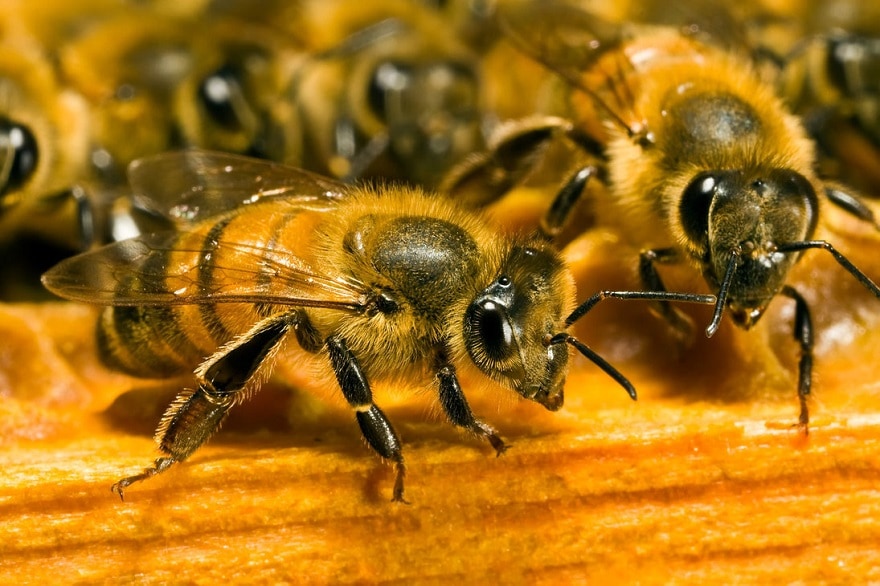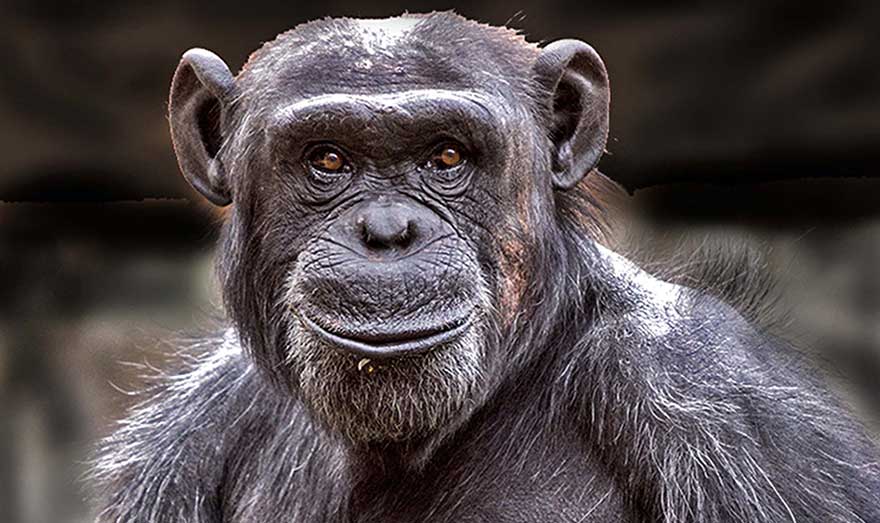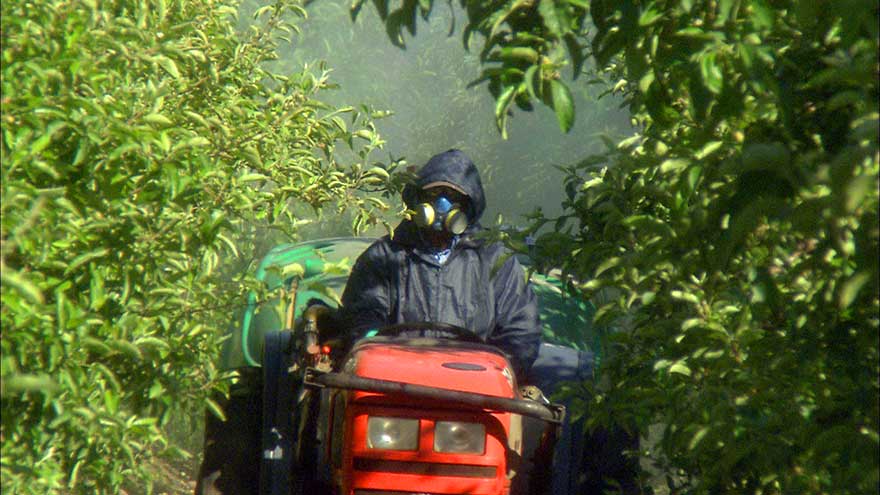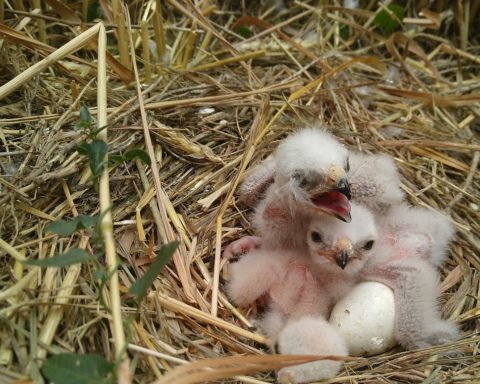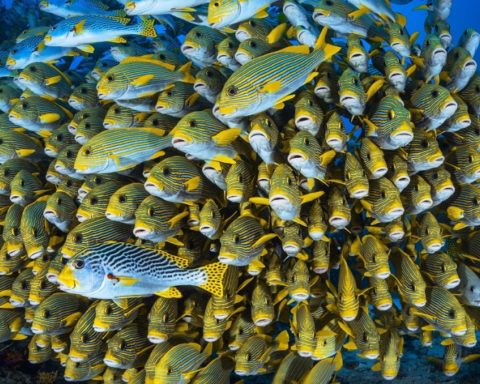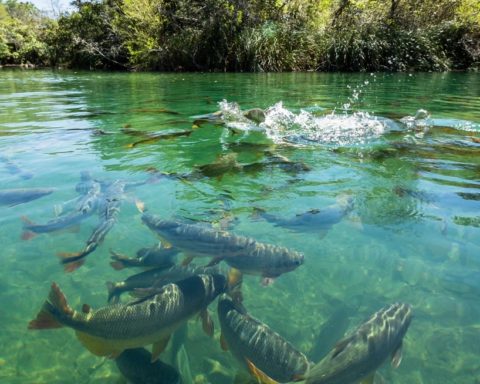Jamais les pollinisateurs n’ont été aussi menacés, et jamais l’humanité n’a autant eu besoin d’eux : tel est le constat de la Plateforme intergouvernementale sur la biodiversité et les services écosystémiques (IPBES) dans son premier rapport publié vendredi 26 février à l’occasion de sa quatrième réunion plénière, à Kuala Lumpur (Malaisie).
Les pollinisateurs sont en danger. Mais cette fois, c’est la Plateforme intergouvernementale sur la biodiversité et les services écosystémiques (IPBES) qui le dit. Car le «Giec de la biodiversité», comme il est fréquemment surnommé, est enfin en ordre de marche. Et ses premiers mots sont pour les abeilles, dont le déclin mondial pourrait avoir des retombées catastrophiques pour l’Homme.
Dans son résumé pour les décideurs, l’IPBES rappelle d’emblée l’importance qu’ont les pollinisateurs pour l’agriculture : plus de trois quarts des principaux types de culture dépendent de la pollinisation, équivalant à environ un tiers des surfaces agricoles, souligne le premier rapport de l’organisation, publié vendredi 26 février à l’occasion de sa quatrième réunion plénière, à Kuala Lumpur.
En tout, 5% à 8% de la production agricole mondiale est directement liée à la pollinisation, pour un total annuel estimé entre 235 et 577 milliards de dollars. Or du fait de la croissance de la production agricole, la dépendance à la pollinisation s’est accrue de plus de 300% ces cinq dernières décennies.
Autant dire que, avec la poussée démographique en cours, ce n’est pas vraiment le moment de pousser les pollinisateurs au déclin. Pourtant, c’est bien ce qui se passe : en Europe et en Amérique du Nord, de nombreuses espèces d’abeilles sauvages et de papillons filent un mauvais coton. Les données sont plus disparates pour les autres continents, mais plusieurs études montrent des déclins au niveau local.
Les causes sont diverses, comme l’a pointé l’Agence nationale de sécurité sanitaire de l’alimentation, de l’environnement et du travail (Anses) dans un avis publié en septembre 2015. Pour l’IPBES, ce phénomène est aussi multifactoriel : il s’explique par la dégradation de l’habitat, par les pesticides (au premier rang desquels les néonicotinoïdes), par les pathogènes dont le varroa, par les espèces invasives comme le frelon asiatique, ou encore par le changement climatique.
L’IPBES pointe par ailleurs des effets moins connus, par exemple ceux des herbicides : en réduisant l’abondance et la diversité des plantes à fleurs, ils affectent indirectement les populations de pollinisateurs, qui ne trouvent plus assez à se nourrir.
Par ailleurs, alors que l’Union européenne réévalue son moratoire partiel sur trois néonicotinoïdes, l’association Pollinis compte remettre, début mars au Parlement européen, sa pétition «StopNeonics!» aux eurodéputés. Lancée en mai 2012, signée par plus d’un million de personnes, elle appelle à l’interdiction totale et définitive de cette classe d’insecticides.
D’autres effets demeurent étonnamment peu connus, par exemple ceux des OGM. Selon l’IPBES, il semble probable que les plantes transgéniques résistantes aux herbicides, en incitant l’usage de ces produits, aient un effet négatif, sans que la question ait jamais été tranchée. A l’inverse, les experts penchent pour un effet plutôt positif des OGM résistants aux insectes, mais ne disposent pas de données suffisantes à ce sujet.
Lorsqu’il n’emploie pas de substances chimiques ou n’utilise pas d’OGM, l’homme peut aussi nuire aux insectes pollinisateurs en en faisant commerce, par exemple pour l’apiculture. L’IPBES cite ainsi le cas de pollinisateurs d’Amérique, du Nord comme du Sud, qui ont souffert de l’introduction de leurs cousins de l’Ancien monde. Et une étude publiée début février a révélé que le virus des ailes déformées (DWV) s’était mondialisé grâce au commerce de l’Apis mellifera européenne.
Comment freiner ce déclin ? Selon l’IPBES, par des recommandations très générales de changement de pratiques agricoles : soutien aux systèmes de production biologique, diversification des cultures, réduction de l’usage des pesticides et prévention de leur dérive lors de l’application, mise en place de bandes de plantes à fleurs en bordure des champs.
Après les pollinisateurs, l’IPBES prévoit de publier, toujours en marge de Kuala Lumpur, un deuxième rapport, sur l’évaluation des scénarios et modèles de biodiversité. Les prochains, publiés en 2018, auront trait à la dégradation des terres et à l’évolution régionale de la biodiversité.
Romain Loury, Le Journal de l’environnement
S’abonner
Connexion
0 Commentaires
Inline Feedbacks
View all comments

